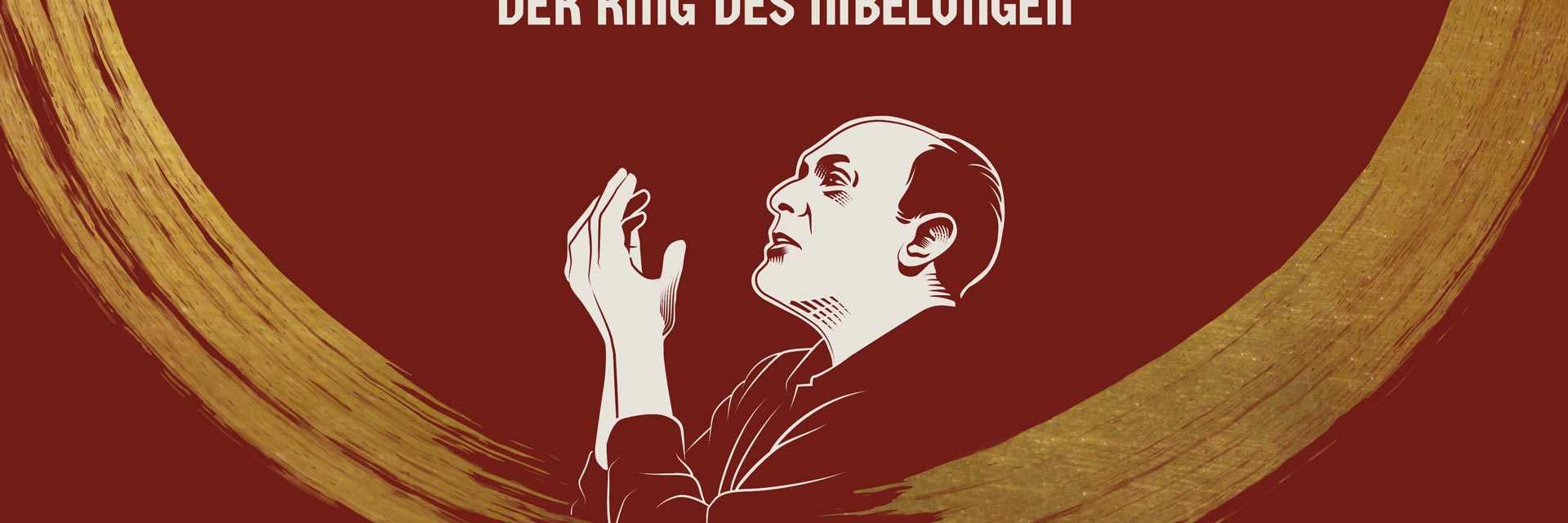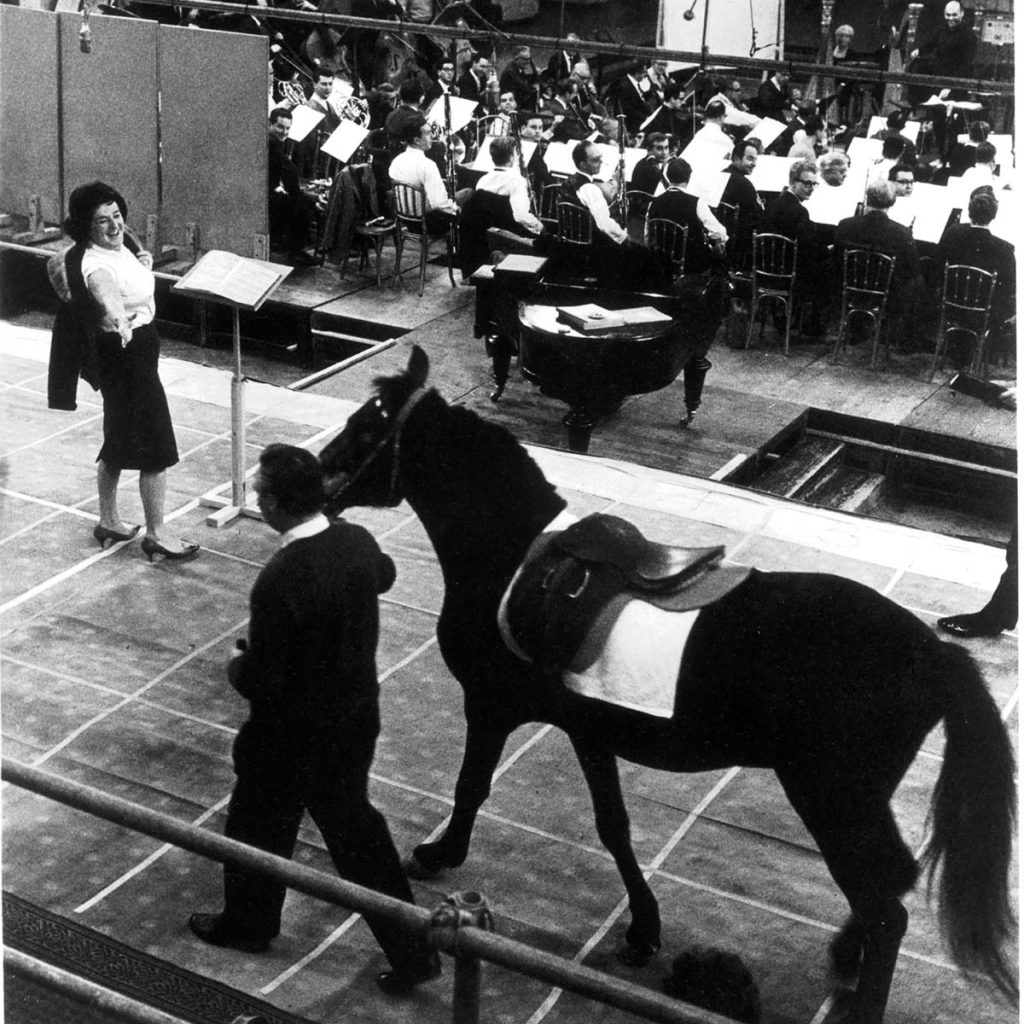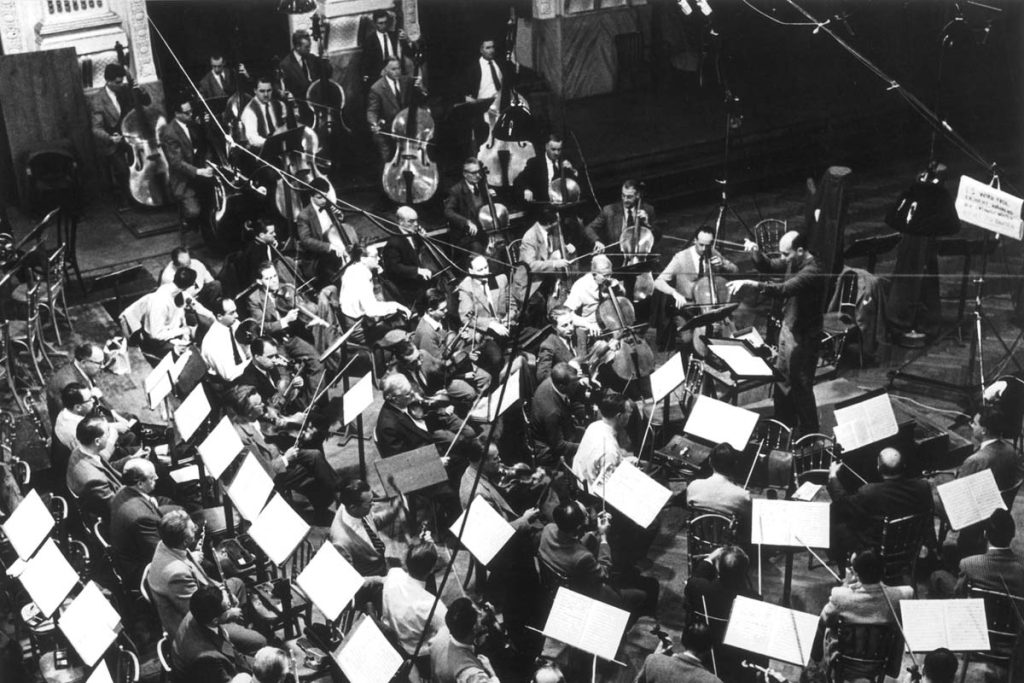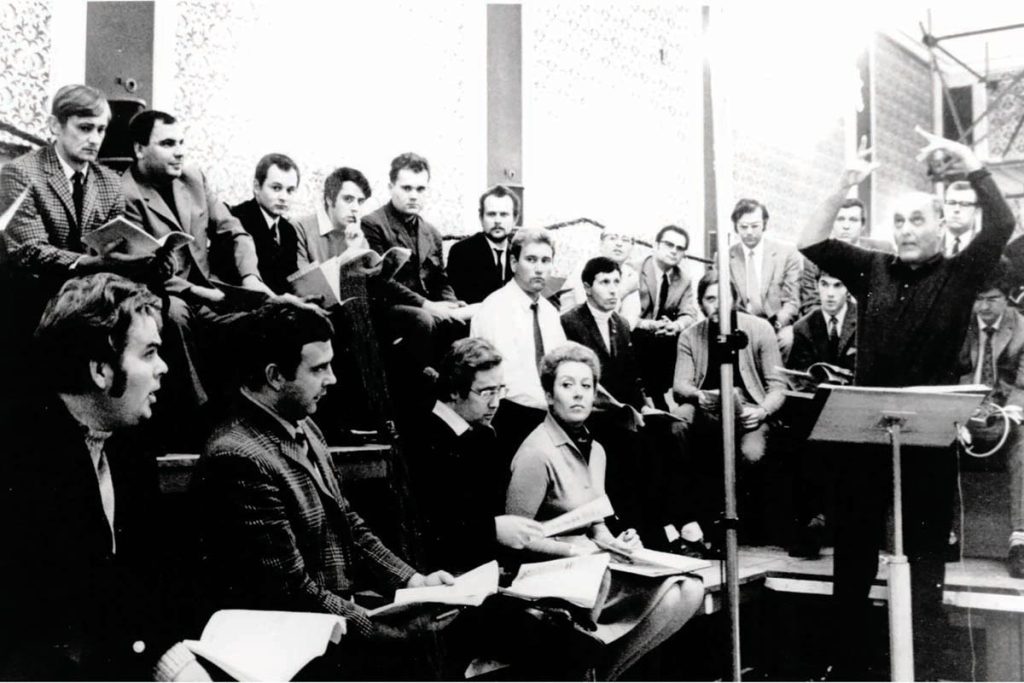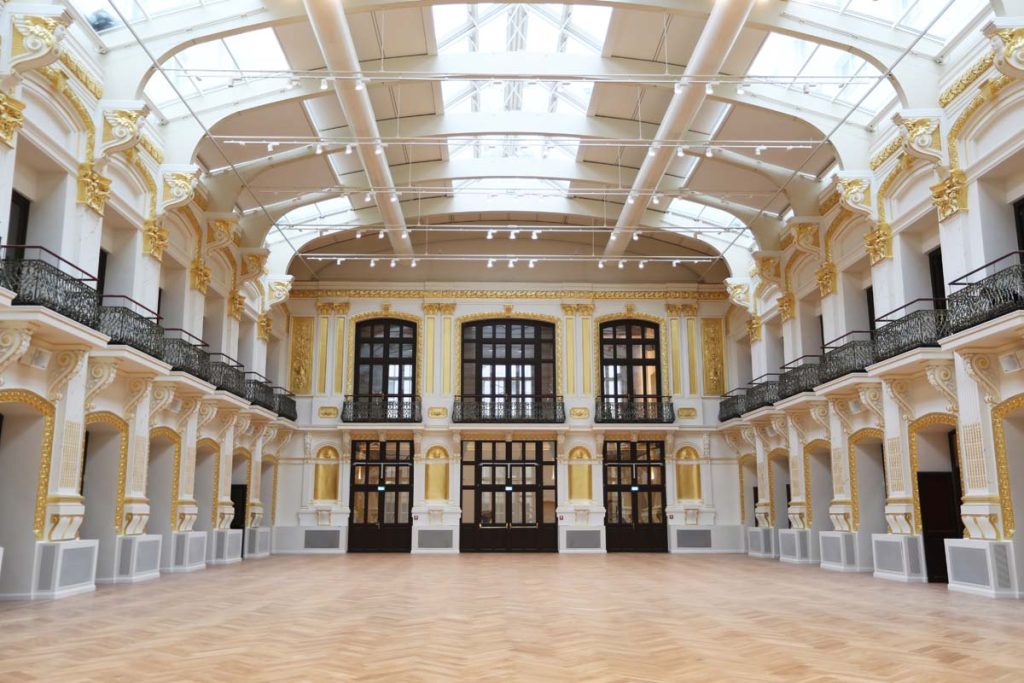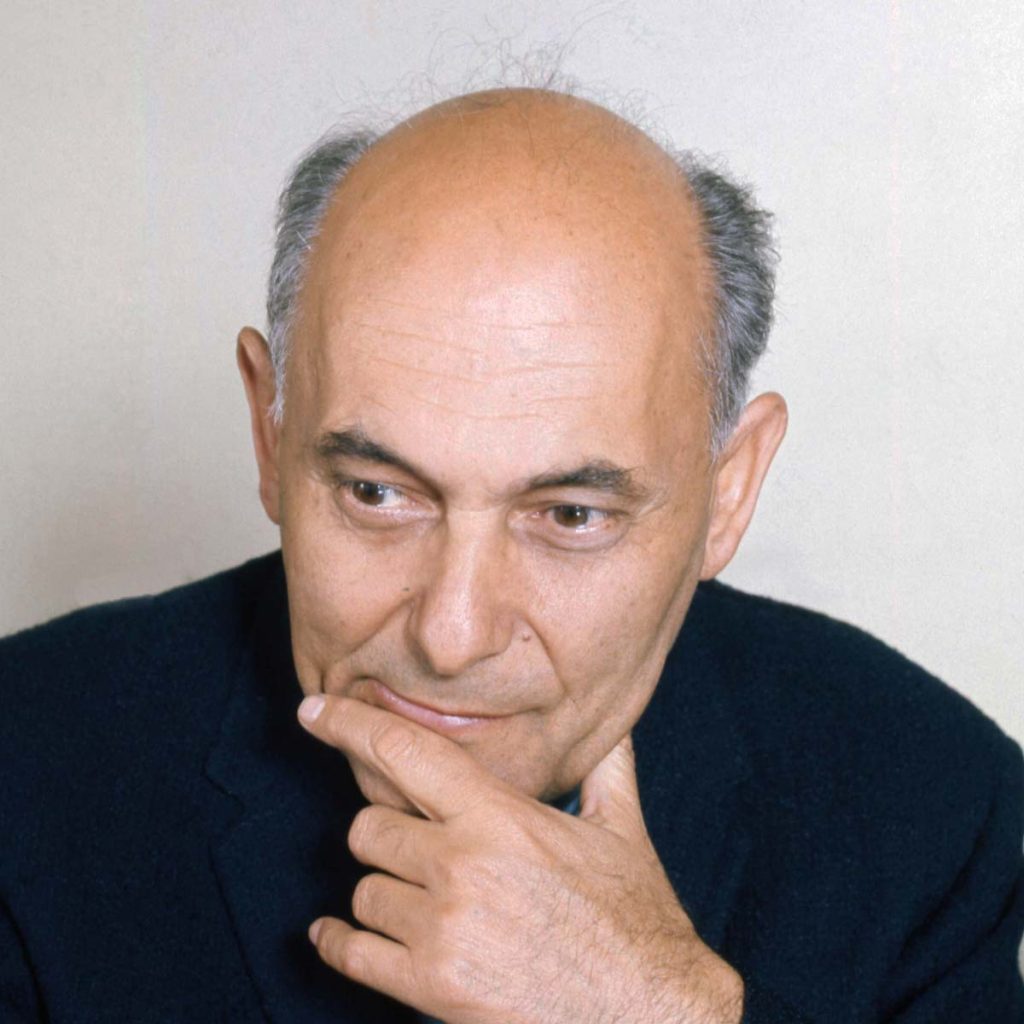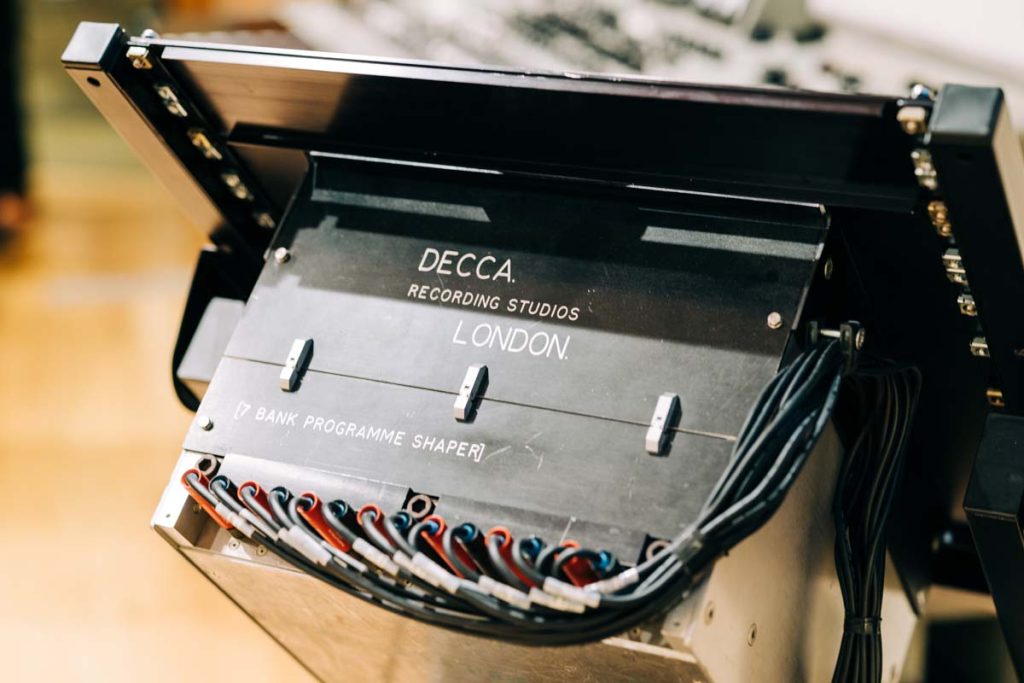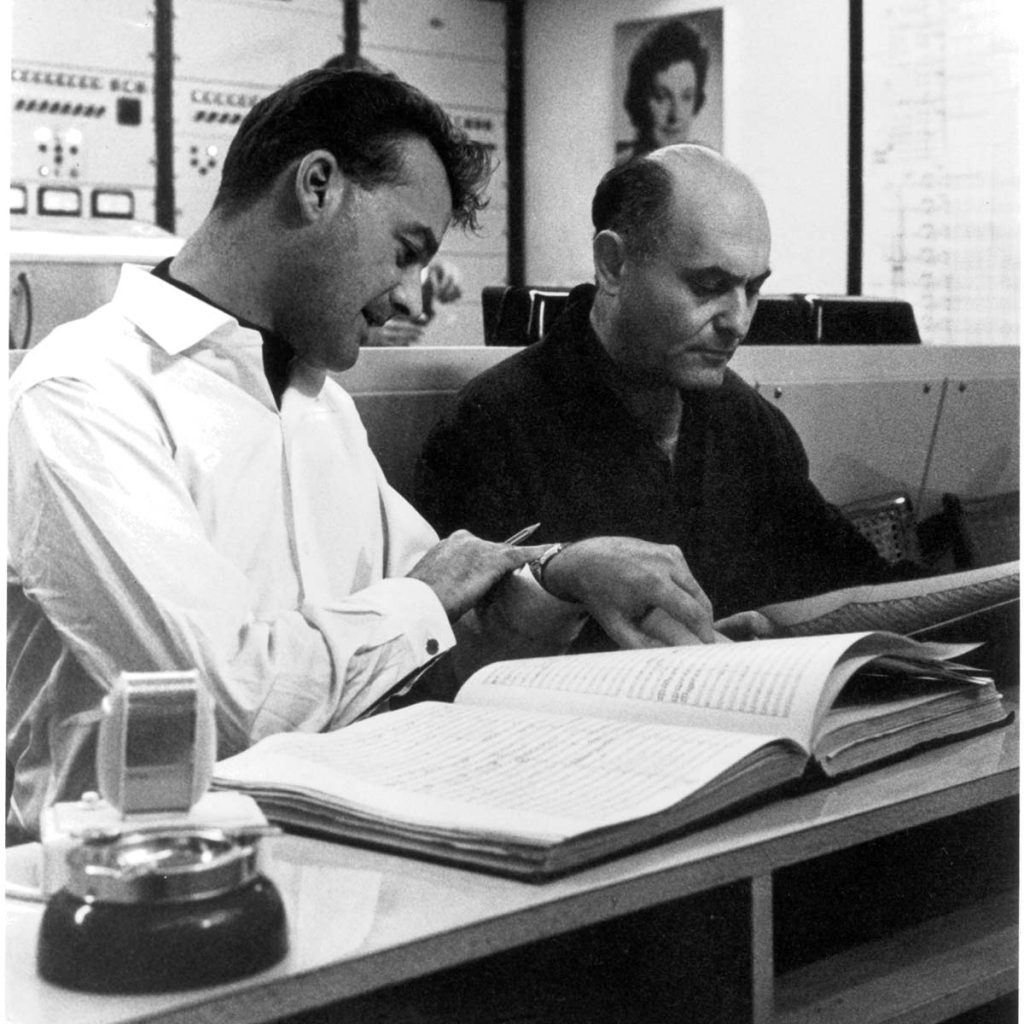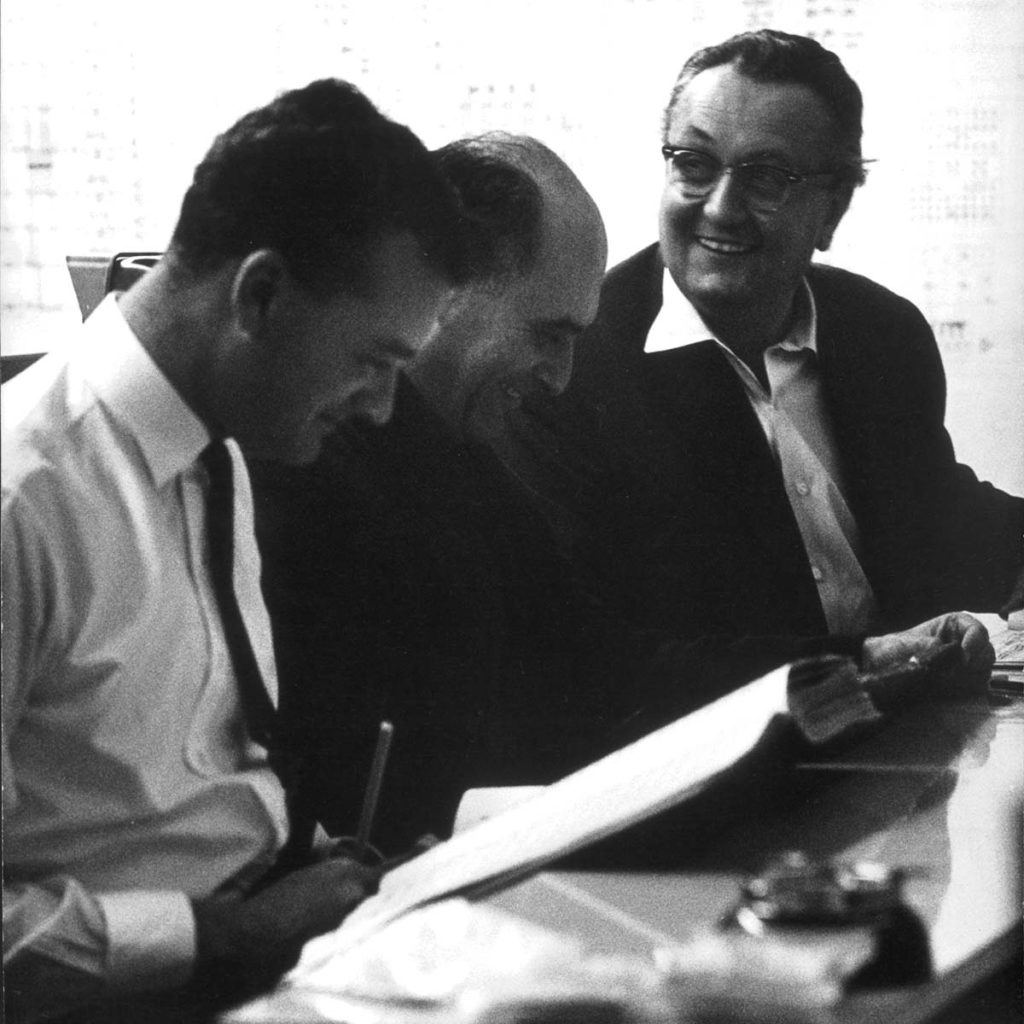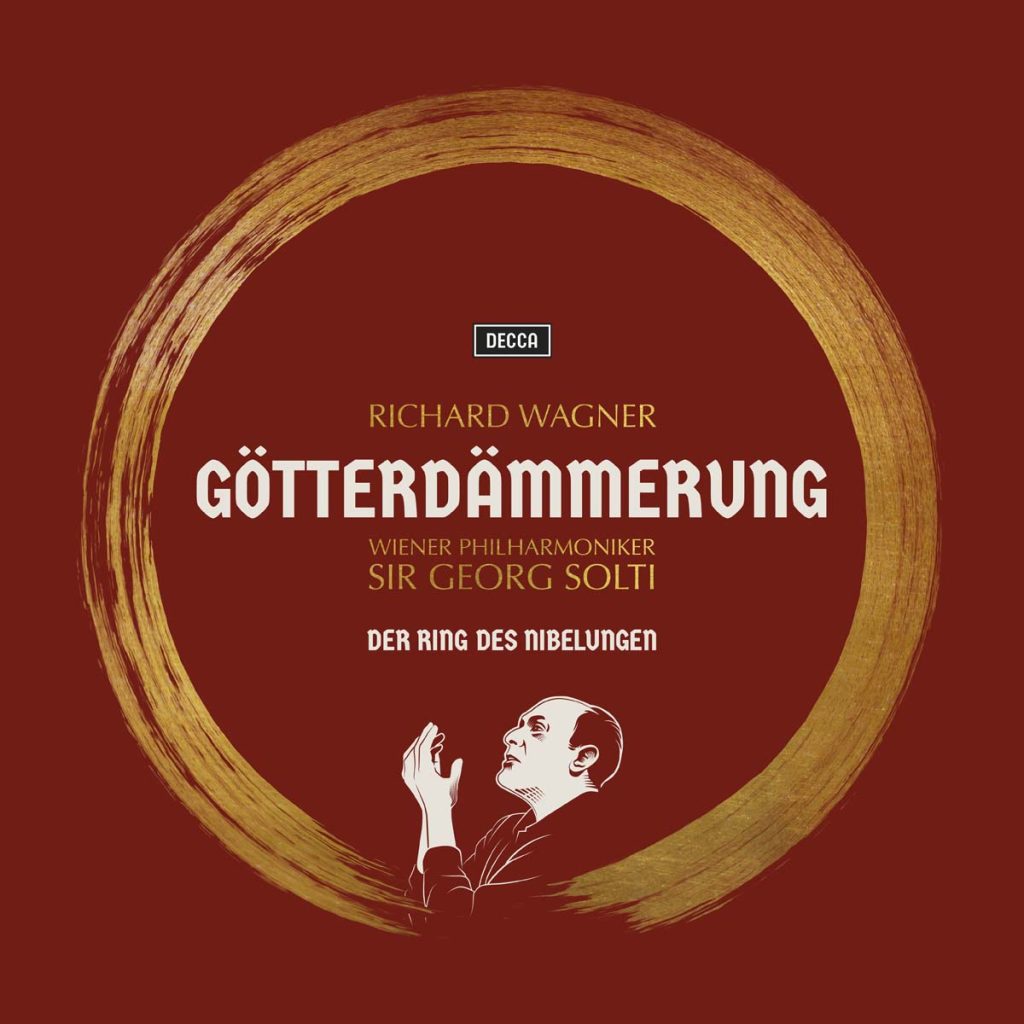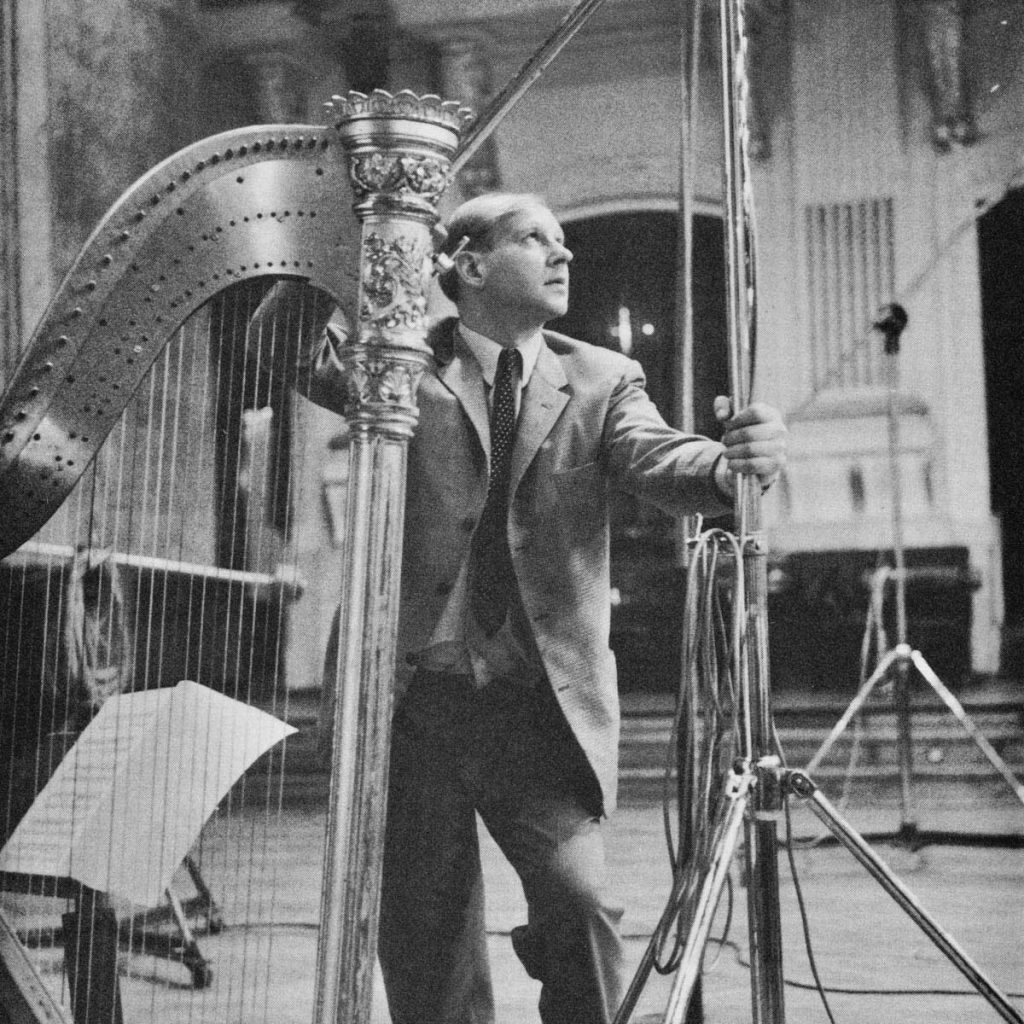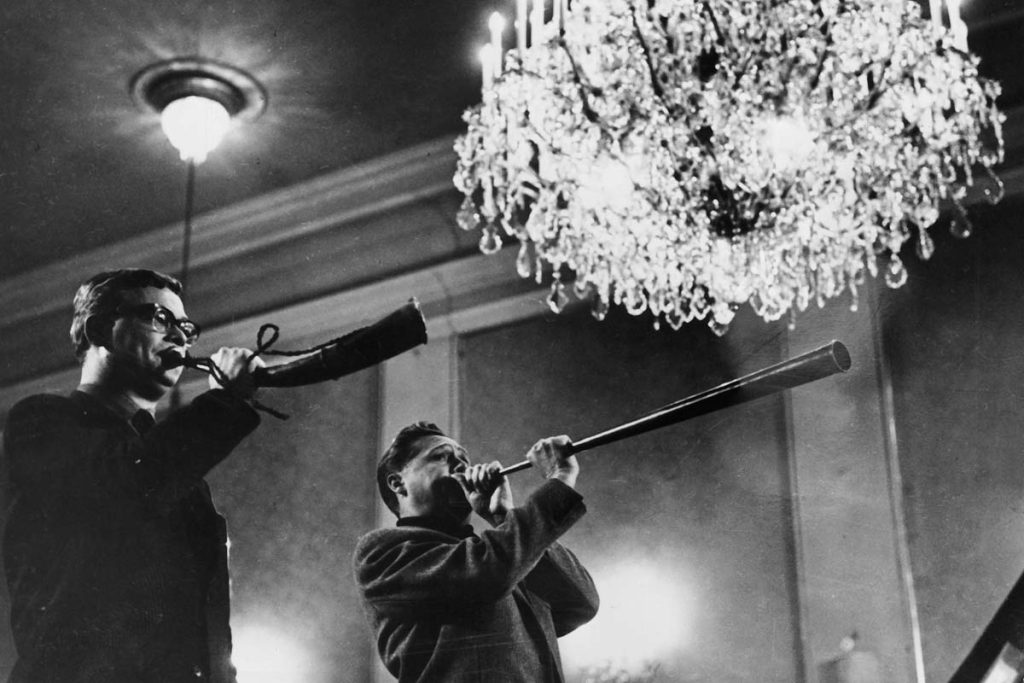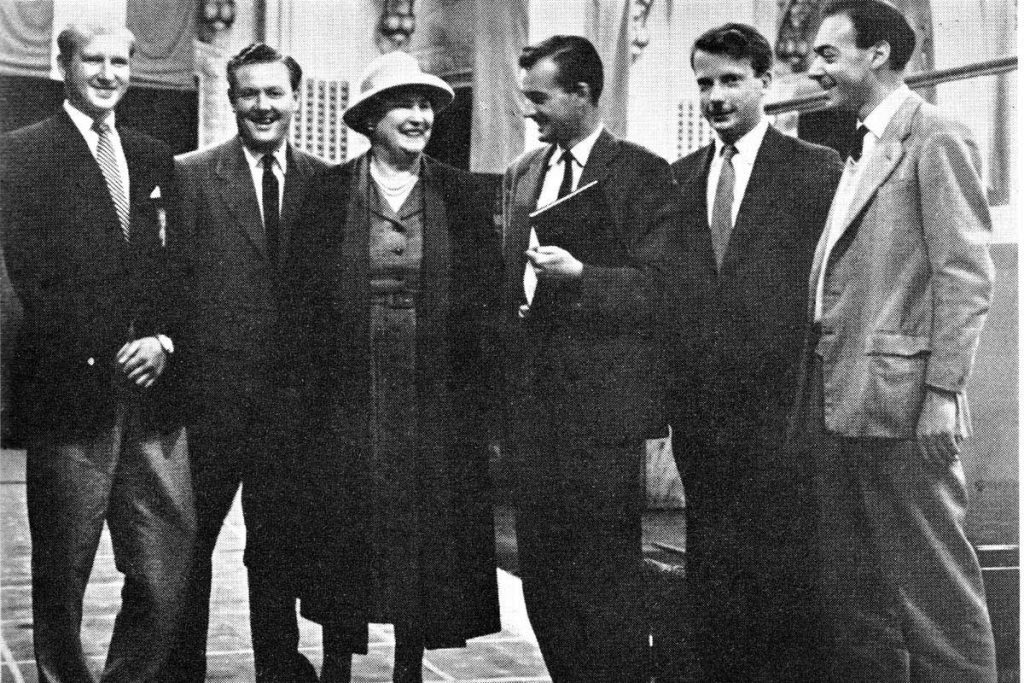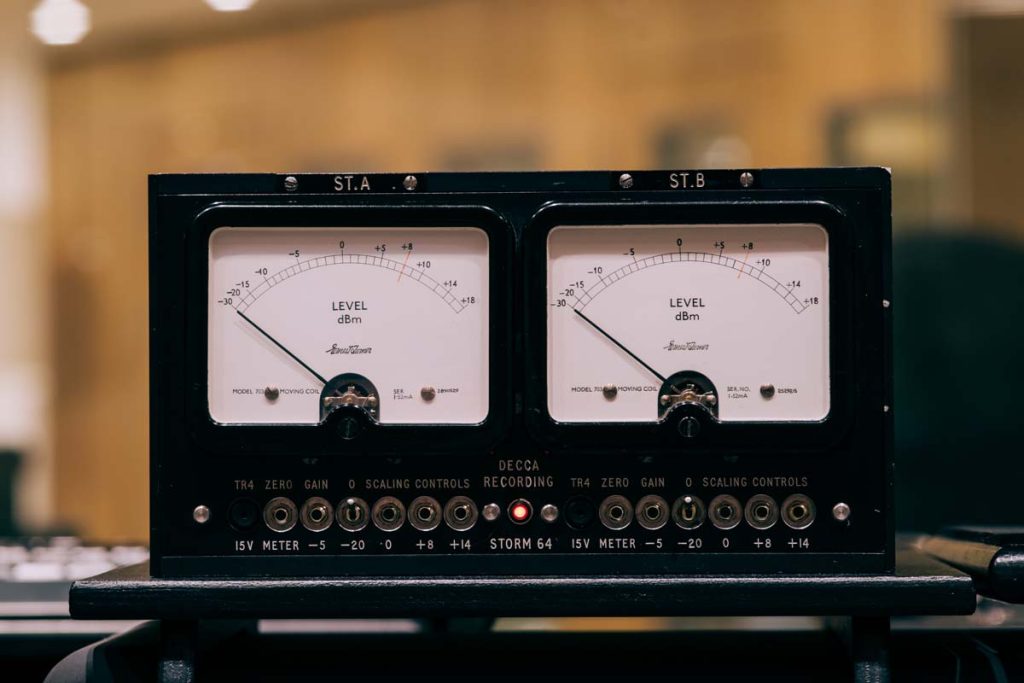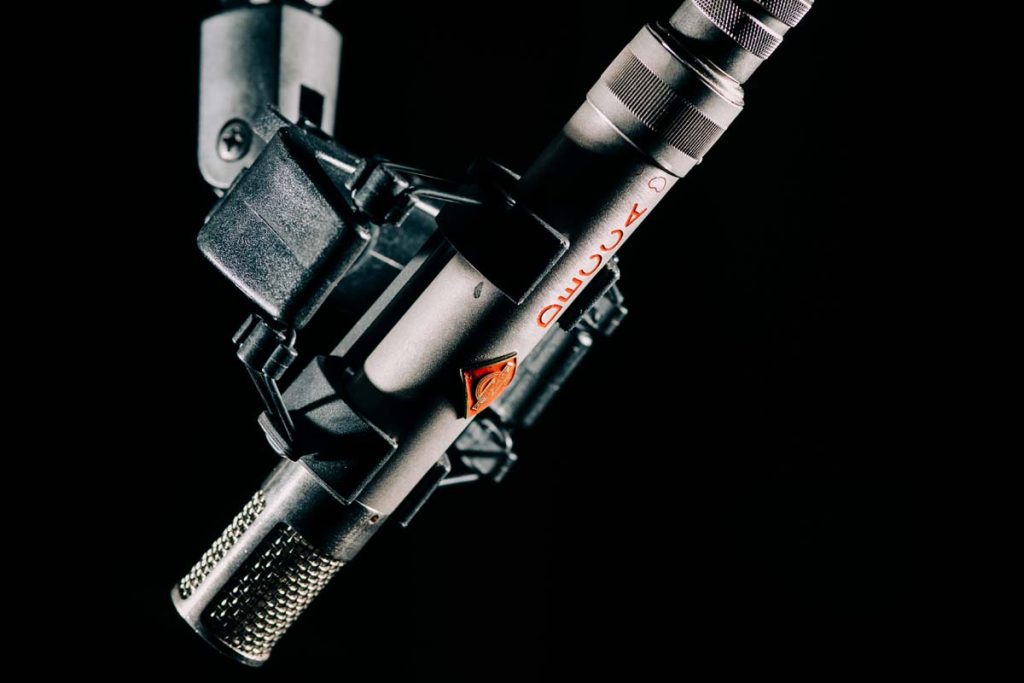The ultimate version of an opera recording of the century.
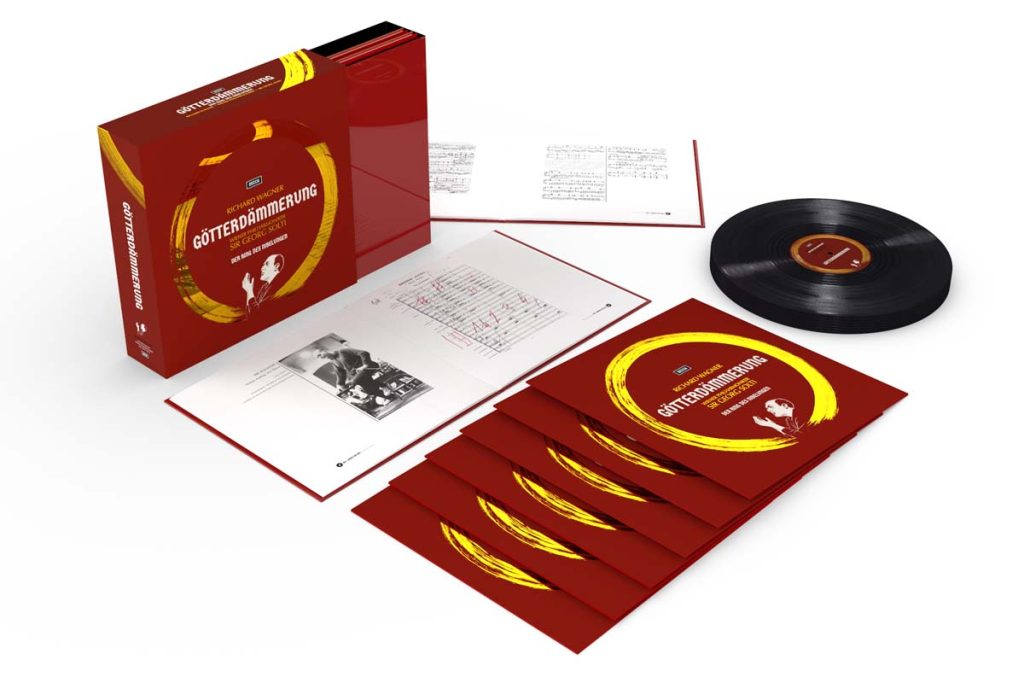
Brace yourselves, as here come the superlatives. And quite a few of them, too, because we’re talking about a milestone in recording history that has long since become a legend. And because now said milestone exists in what the literature world would probably be call the “final version”. We are talking about Richard Wagner’s four-part opera cycle Der Ring des Nibelungen, the first unabridged complete recording of which was commissioned by the British company Decca in the late 1950s, shortly after the first stereo LPs had become available in record stores.
To get an idea of the gigantic dimensions of the project, not only in the context of classical music, just take a look at the cast of this vinyl Ring, which includes pretty much all the artists who set the tone in terms of Wagner interpretation at the time and who consequently were regulars on the Green (Festspielhaus) Hill in Bayreuth.
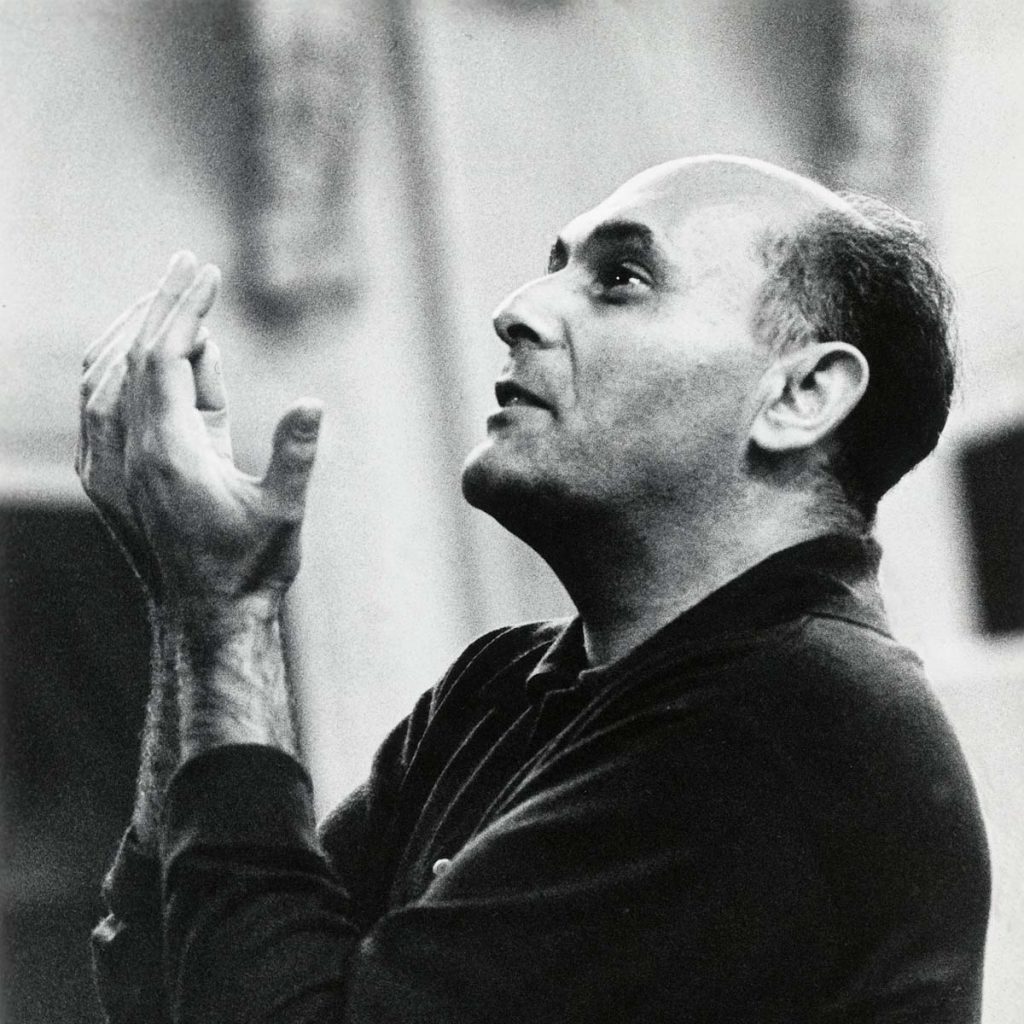
Fancy a few famous names? Birgit Nilsson, Kirsten Flagstad, Brigitte Fassbaender, Hans Hotter, Christa Ludwig, Wolfgang Windgassen, Régine Crespin, James King, George London, Dietrich Fischer-Dieskau and many more. They all came together in Vienna’s Sofiensäle, which was traditionally not only a performance venue but also a recording studio. For this reason, the members of the orchestra had a particularly short route for this Ring of the Century. This Ring recording lives on to this day thanks to the silky sound and outstanding intonation of the Vienna Philharmonic. The Austrian elite orchestra was driven to absolute peak performance by someone who already at a young age was what we would call a “podium star” in today’s parlance: Georg Solti.
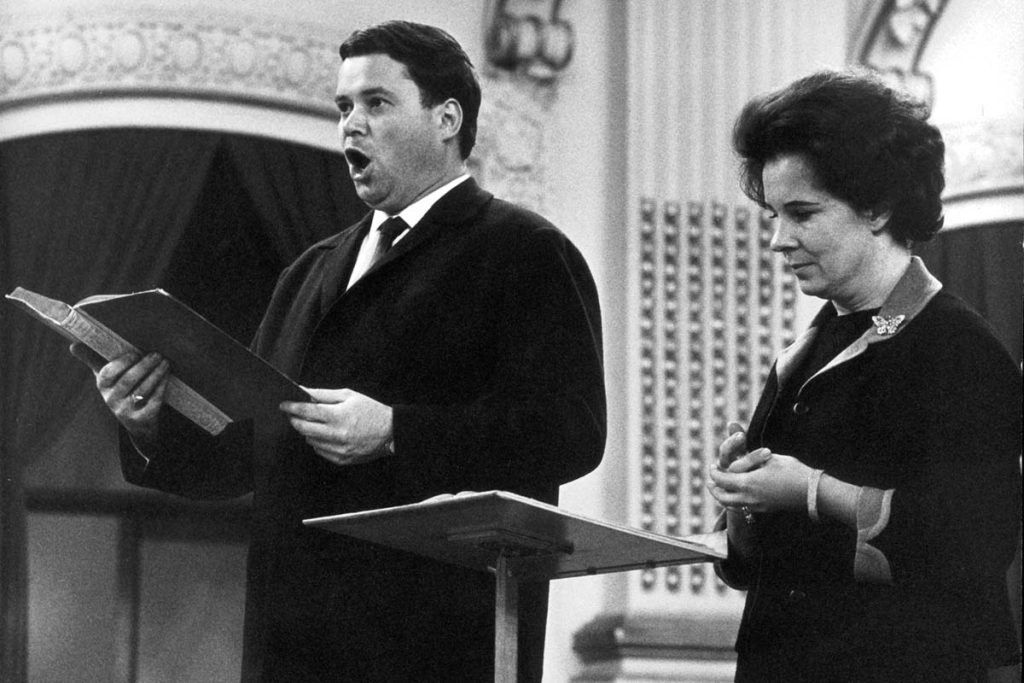
When the conductor, born György Stern in Budapest in 1912, raised his baton in 1958 to conduct the first bars of the Ring prelude Rheingold, there were already signs that something extraordinary was about to happen – even for a major music company like Decca. It would take well into 1965 until Solti and Co. would entrust the last notes of Götterdämmerung to the fast-moving magnetic tapes, and Decca’s producer of choice John Culshaw could finally announce that the last take was in the can. Around eight years of production time for a complete opera recording comprising over 16 hours of music.
The “Solti Ring”, as it is known for short, found its way onto recordings just in time. Just a few years later, it would have been much more difficult, if not impossible, to organize such a star studded gathering of high profile musicians. Even back then, schedules were extremely tight, and when something was recorded, the busy schedules of everyone involved meant that there was little room for readjustment, so every first take had to be more or less spot on.
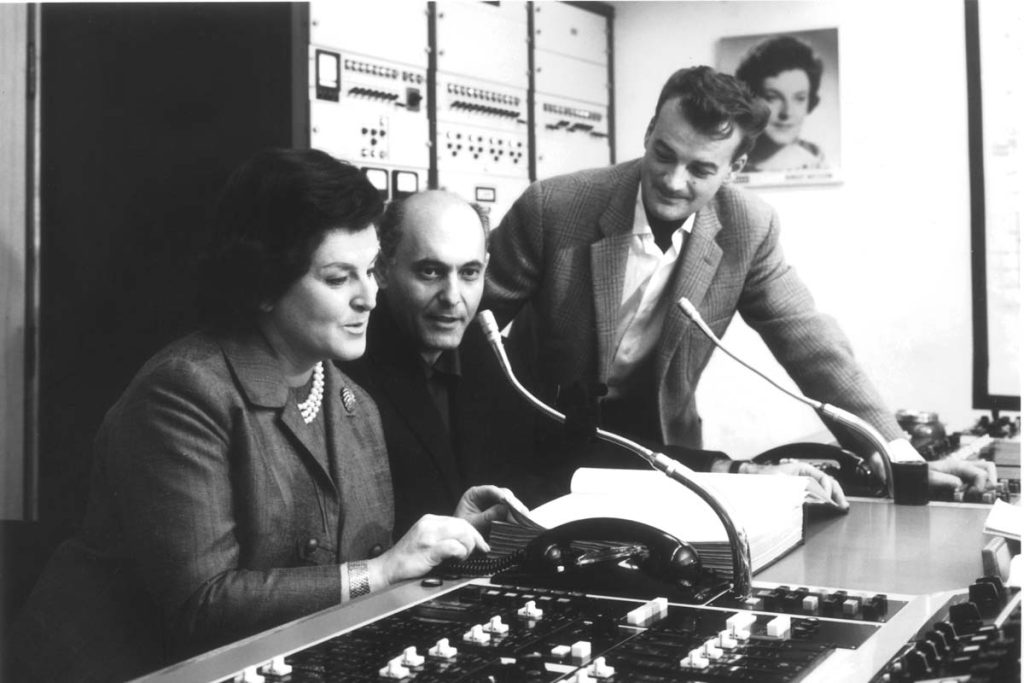
If someone today came up with the idea of realizing such an elaborate production for the important yet comparatively small niche market called classical music, even the accounting departments of dedicated media giants such as Sony or Universal would wave the proposition aside: far too expensive, with a far too uncertain “return on investment” and therefore not even worth a second thought.
No wonder, then, that this recording of Der Ring des Nibelungen has hardly any discographic competition to this day and that collectors can find a multitude of “incarnations” if they enter the search terms “Solti” and “Ring” in the relevant auction portals. The reason being that Decca has sucked enough honey, i.e. profits, from this titanic endeavor that the staggering costs from back then have long since been amortized.
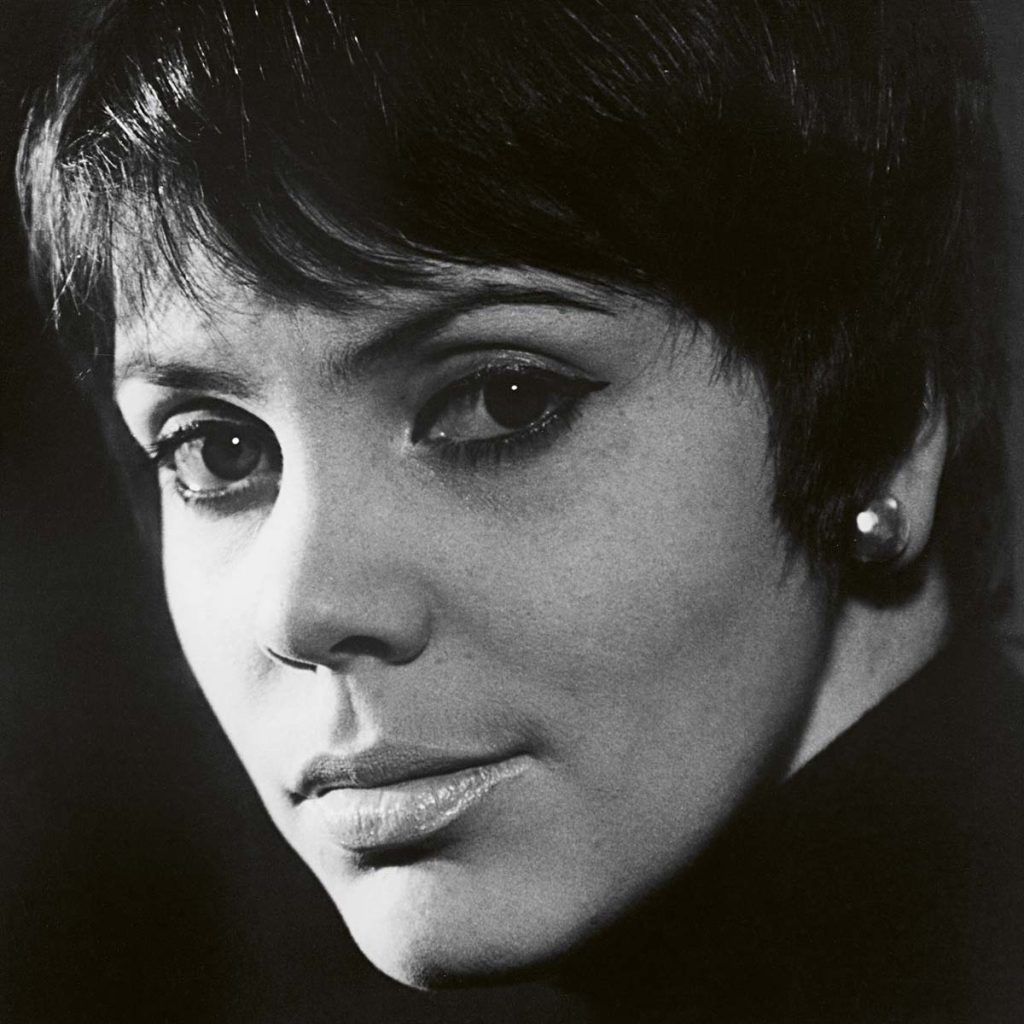
At the end of 2022, Decca released what it advertised to the public with the slogan “The Golden Ring” and put on the market in elegant-looking slipcases. At first glance, those who have treated themselves to the tetralogy over the years, first on black and later on silver discs, in order to enjoy the supposed improvement in sound provided by the digital medium, might get a bit cynical. Old wine in new packaging, perhaps of interest to Wagner or high-end novices who are not yet familiar with this particular Ring because it was not on their parents’ or grandparents’ shelves and was not played often enough on the radio for them to really notice it. In other words, another attempt to cash in on a new generation of listeners with a production that has already “paid off” a long time ago.
That is not the case, however. Yes, of course younger people have long been the focus of Decca’s marketing – you can’t do without new generations of listeners. But the basic motives behind this re-release are, in fact, quite noble. After all, the master tapes, some of which are now 65 years old, are deteriorating rapidly. It is high time that this musical feat, which still sets standards today not only because of the star personnel involved, was captured “for eternity”. High time that this material, which has long since gained historical status, was remastered in a way that takes full advantage of the recording technology of the 2020s; and that this was done with no corner-cutting, but rather with a primary focus on striving for the best possible results.
This is also why Solti’s Ring is available in two different versions. What they have in common is that the storage boxes come in a generous LP format. The dark velvet red slipcases actually conceal black discs, the matrices of which were created using the half-speed process and pressed by Decca on 180 gram vinyl. The pitch-black counterpart that the writer of these lines chose for himself uses the now rare SACD as a sound carrier, which, being a “digital LP” comes extremely close to the sound potential of the record via suitable players. As a generous bonus, there is also a 5.1 surround version, which was created with great sensitivity and knowledge of the peculiarities of the production at the time.
An example of the immense effort that the Solti/Culshaw team put into the surround sound can be found in a historical BBC documentary about the recording sessions for Götterdämmerung at the time. In the last opera of the 16-hour cycle, Wagner prescribes so-called bull horns, which are initially only audible as a distant rumble and gradually get closer and closer. To simulate this effect in the recording, the bull horns were placed in a side room of the Sofiensäle for a few bars and then slowly moved towards the stage as the scene progressed. The result is probably very close to Wagner’s illusionary opera intentions – and can now be reproduced better than ever before on a recording.
This is because the “Golden Ring” sounds more spacious and tonally almost perfectly balanced. Even in the purely stereophonic version, the impression of listening to a live recording, of attending a real performance of the Ring acoustically, is overpowering. The subtle coarseness, the gentle but persistent sleeveless bravado that one has learned to come to terms with over the decades and which one was always apologetically inclined to blame on the limitations of early stereophony – all of this has vanished as if it had never existed in the first place. Georg Solti’s interpretation of the Ring has never sounded so airy, so harmonious, so emotionally powerful.
So why should you definitely buy this version, even if you’re not a die-hard Wagner fan? Because, as mentioned above, it is uncertain whether future generations of sound engineers and producers will ever have another chance to work with the original tapes of this Ring production, which is outstanding in almost every respect. Even now, it was necessary to “bake” the old tapes under precisely defined conditions, to carefully detach the tape layers that had stuck together in order to be able to play them back properly – perhaps one last time – and store them in an optimized way.
Even if careful climate-controlled storage may delay the end, it will likely not be able to prevent it. At least the content of the tapes is now as complete and high quality as the sound technology of the present day can make it. It has been recorded in a few tens of thousands of copies on audio carriers that embody the optimum of the year 2023. From today’s perspective, almost 100 percent of what is possible. Reason enough to spend a comparatively large amount of money – the boxes cost between 90 and 170 euros, depending on the duration of the music they contain (and the number of recordings required) – and to get the lovingly refurbished Solti Ring while you can. With this publication, Decca celebrates itself to a certain extent. But at the same time, it gives a present to everyone who likes music.
Richard Wagner – Der Ring des Nibelungen (Halfspeed-Remastering), Part 1-4
Vienna Philharmonic Orchestra, Sir Georg Solti | Label: Decca | Format: LP (Vinyl 180 g), SACD (24 bit/96 kHz)
Das Rheingold (Part 1)
Soloists: Kirsten Flagstad, George London, Set Svanholm, Gustav Neidlinger, Kurt Böhme | Format: 3 LPs, 2 SACDs
Siegfried (Part 2)
Soloists: Wolfgang Windgassen, Birgit Nilsson, Hans Hotter, Joan Sutherland, Gerhard Stolze, Gustav Neidlinger, Kurt Böhme, Marga Höffgen | Format: 5 LPs, 4 SACDs
Die Walküre (Part 3)
Soloists: Birgit Nilsson, Hans Hotter, James King, Christa Ludwig | Format: 5 LPs, 4 SACDs
Götterdämmerung (Part 4)
Soloists: Birgit Nilsson, Dietrich Fischer-Dieskau, Lucia Popp, Wolfgang Windgassen, Gwyneth Jones, Gottlob Frick, Gustav Neidlinger, Helen Watts, Grace Hoffman | Format: 6 LPs, 4 SACDs

